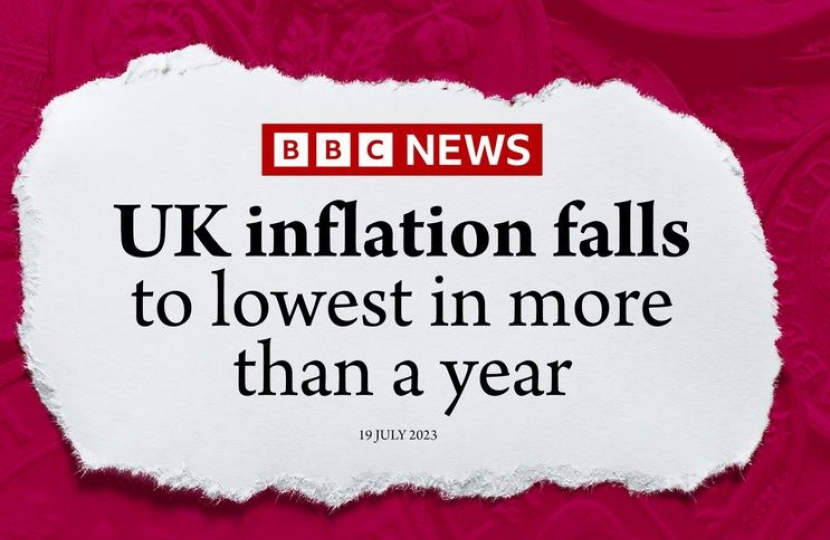
Last week's inflation figures confirmed that inflation is down to 7.9 per cent, down form 10% in January, as the government continues to take action to deliver on the Prime Minister’s priority to halve inflation.
Richard Fuller MP said:
The inflation figures from last week show that downward forces on prices are beginning to strengthen.
The Prime Minister’s goal is to halve inflation which will bring some relief to those on fixed incomes and to homeowners with mortgages. With a record increase in the Living Wage, the government is continuing its focus on making work pay for those on the lowest incomes.
The IMF also confirmed that the UK has acted decisively to tackle inflation. The government is taking action to drive down inflation by getting more people into work, taking a responsible approach to the public finances, and supporting the Bank of England to control inflation using interest rates, while helping households with the cost of living by holding down bills through the Energy Price Guarantee and freezing fuel duty. This is alongside the £94 billion cost of living support package.
Building on the £1,200 of support received in 2022, millions of households will get up to £1,350 of government support in 2023-24: £900 for households on means-tested benefits being paid from April; £300 for pensioner households and £150 for disability benefit claimants. To protect the most vulnerable, benefits increased in line with inflation. More than ten million households in receipt of working-age and disability benefits will see an increase in their benefit payments. The average uplift for households Universal Credit will be around £600. The Household Support Fund has been provided with an additional £842 million to establish schemes that support vulnerable families. This brings the Fund to over £2 billion in value since its creation. On 1 April 2023, the National Living Wage (NLW) increased by 9.7 per cent to £10.42 an hour for workers aged 23 and over. This represents an increase of over £1,600 to the annual earnings of a full-time worker on the NLW and is expected to benefit over two million low paid workers.

